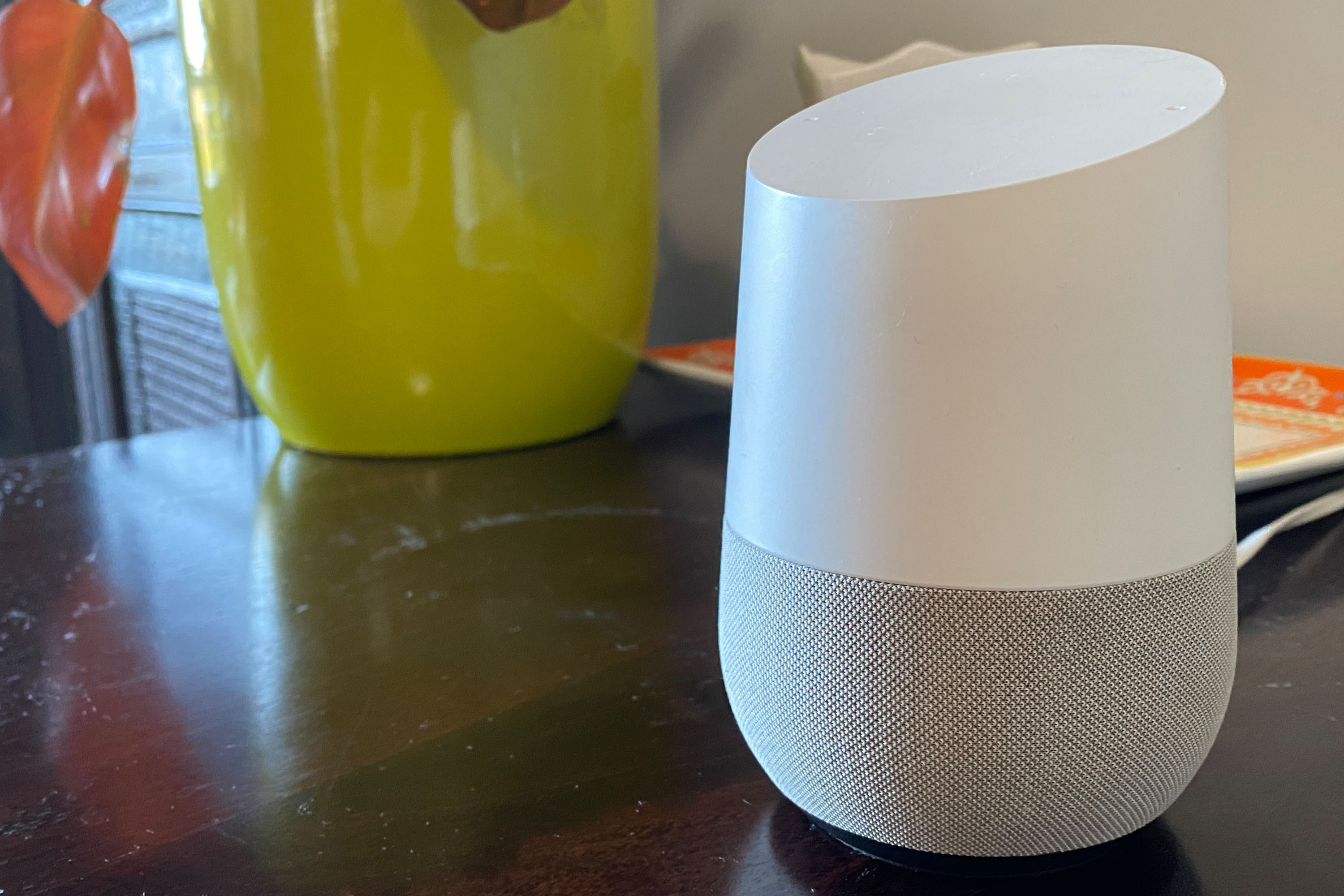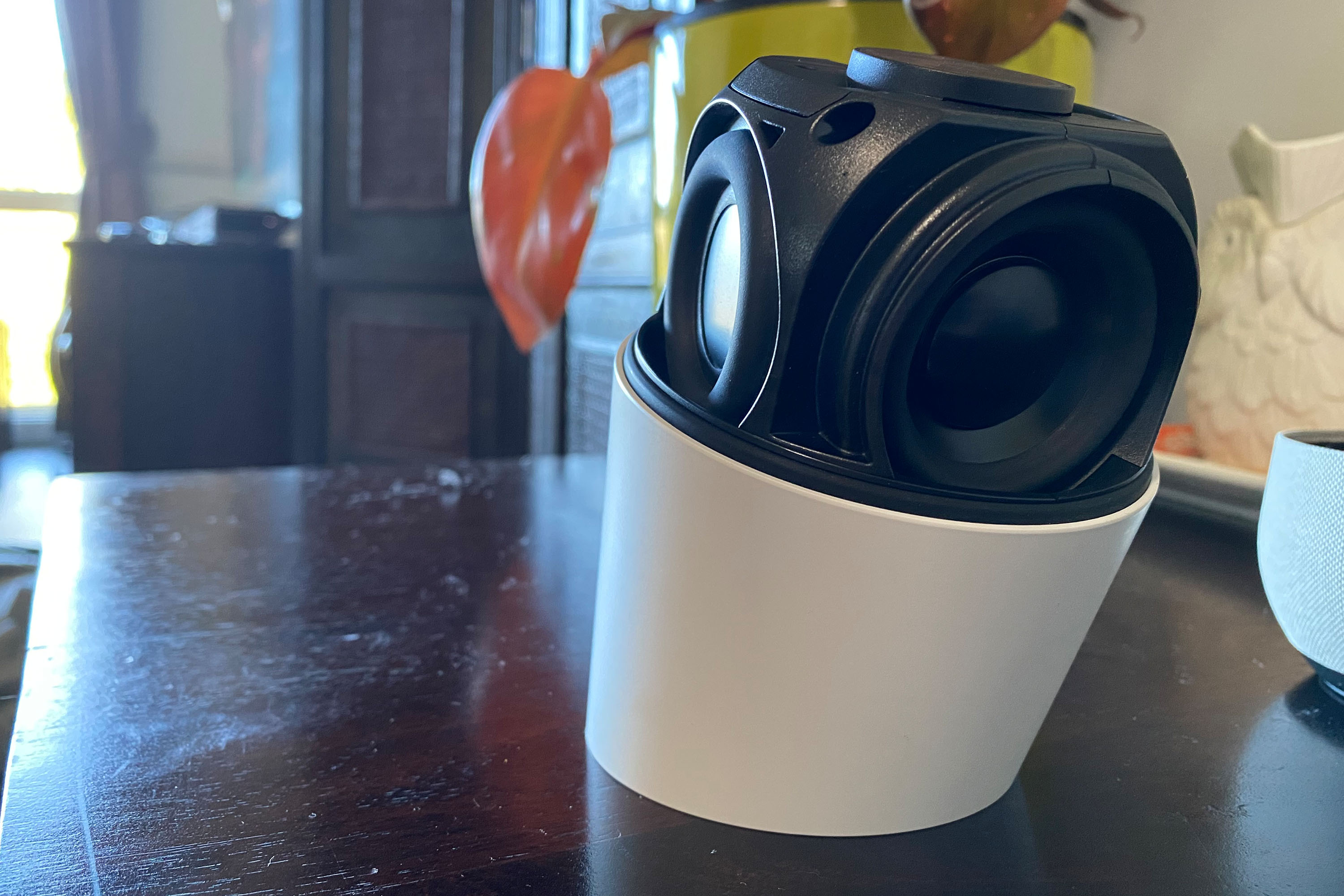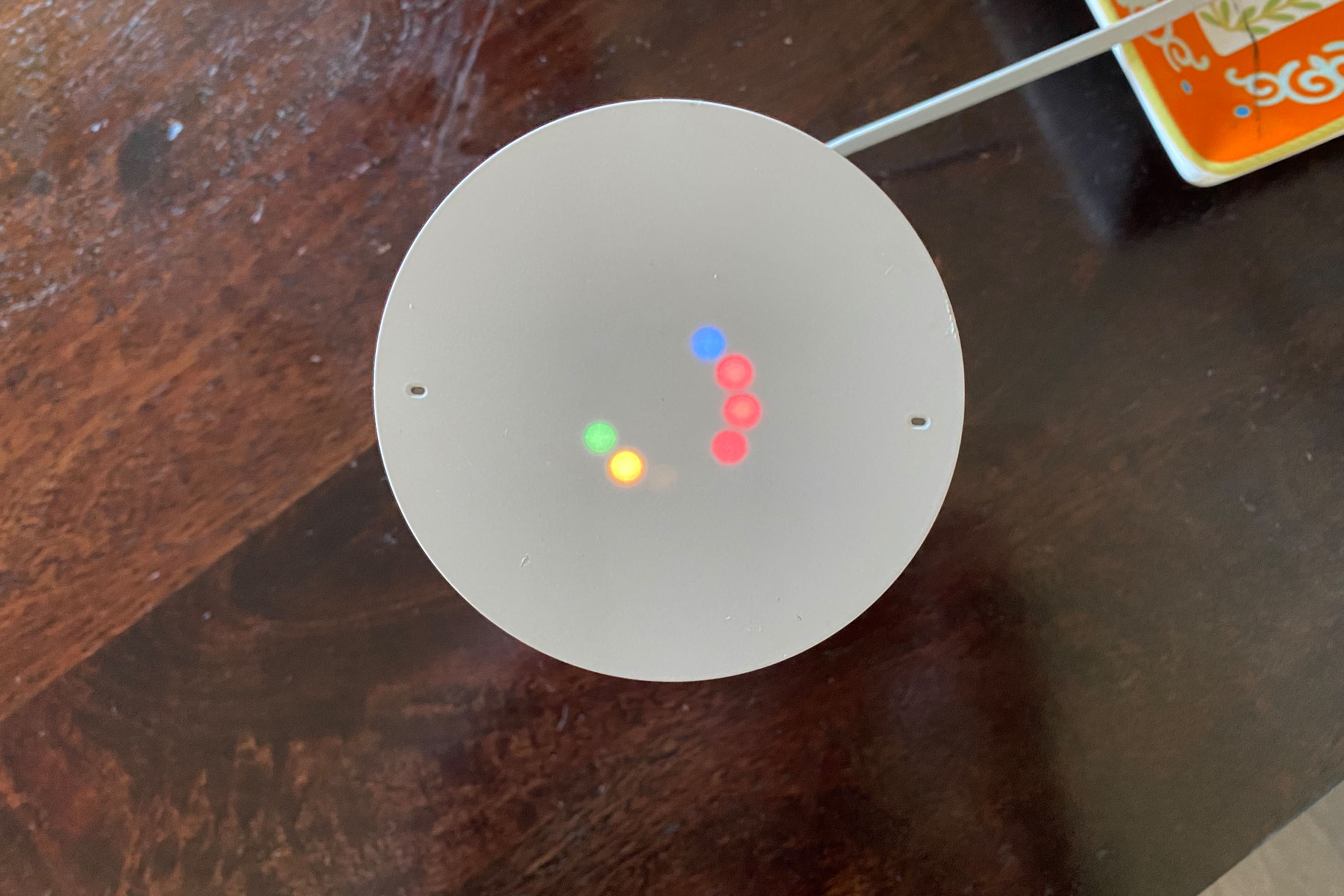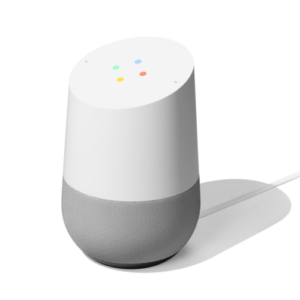How does Google’s market-defining smart speaker hold up?
Google Home review: The smartest smart speaker?
Google and Amazon are neck and neck when it comes to smart speaker market share, but here in Australia, Google is undoubtedly the more widely-known brand. Thanks to the generous pricing of its Google Home Mini, regular discounts from Australia’s tech retailers, and its simple plug-and-play set-up, Google Home devices are still a popular gift for smart home enthusiasts and Luddites alike.
The Google Home was dumbed down a little when it first launched in Australia, missing core smart features like the ability to make phone calls, but it’s come a long way since then. These days, the Google Home is more or less a part of the furniture, seamlessly integrating itself into our daily routines. So how does it hold up, and is it your best option for an affordable smart speaker?

Google Home Price
What is Google Home?
Google Home (or Nest) is a range of smart speakers and the first of its kind to take off in Australia. While Amazon’s Echo smart speakers were first to market, Google’s global brand recognition allowed it to compete with Amazon’s in-home smart speaker solution quickly.
Google Home speakers connect to your home WiFi via the Google Home app on your iOS or Android smartphone, allowing you to play music from Spotify, set alarms, check the weather, and more. Google Home, and smart speakers like them, are also at the heart of smart home automation, a central hub for your compatible smart bulbs, security systems, and more.
Google Home Audio Quality

The Google Home isn’t going to replace your soundbar or in-home stereo system, but for its intended purpose (and placement), it’s a perfectly capable Bluetooth speaker replacement. The Google Home has a 2-inch speaker driver and dual 2-inch passive radiators. It pumps out loud, crisp highs and some surprisingly thumpy bass in a standard-sized kitchen or bedroom.
If you’re after a little more oomph, you can invest in the Google Home Max, which packs two 144-mm dual voice-coil woofers and two 18mm custom tweeters. You’re looking at spending around $399 for a Google Home Max, which is still a very reasonable price, but you might be considering a more advanced Google-compatible smart speaker (e.g. Sonos) at that spend.
You can power up your Google Home’s output with multiple devices by creating a speaker group. If you’ve got multiple speakers spread out across your house, you can create a speaker group in the Google Home app. This allows you to sync multiple speakers to play the same track, resulting in more coverage across your house and a small choir of speakers, all blasting the theme song to Jurassic Park at once.
Google Home Voice recognition

The Google Home has two directional microphones for voice recognition. For the most part, the microphone (and Google Assistant’s smarts) are flawless at picking up voice commands, even if you’re halfway across the room. Typically, the Google Home can hear your voice over other audio, but in our experience, voice recognition starts to struggle when you’re pumping out music at full volume.
When it works, it’s astounding. The one major issue with Google Home speaks to its otherwise seamless user experience; that’s how frustrating it can be when it doesn’t work. It feels petty to complain about the times this little genius slips up, but as you connect more devices, and become more reliant on the Google Home as a smart home hub, its occasional shortcomings become more apparent.
What can Google Home do?
Once your Google Home is set up and calibrated to your voice, you can initiate a query by saying, “Hey, Google…” Your question or command follows this initiation phase. Commands and questions are initiated via the smart speaker in proximity, or your smartphone if you’re out of range. All you need to do is tell Google which smart speaker (if there are multiple devices connected) you want to command (e.g., “Hey Google, play music on the kitchen speaker”).
Here are a few examples of what Google Home can do.
Then there are routines you can set for your Google Home. Routines allow you to set a series of actions for your Google Home to perform with a single initiation phrase. For example, I set a routine for Google Home to tell me the time and date, weather, first calendar event, and latest news headlines when I say the phrase “Hey Google, good morning.”
Good morning is one of a few pre-built routines; there’s also good night, I’m home, and more. Each has a customisable sequence of actions to perform on command. Not only can you customise the actions and the order they’re performed in, but you can also handpick the finer details (e.g., which news sources you’d like in your routine). Otherwise, you can create entire routines from scratch, with custom initiation phrases.
Is Google Home worth the $149RRP?
I recently moved house, and the Google Home was one of the first things I set up. This little living room spy might not best other Bluetooth speakers in audio reproduction, but its ease-of-use, and reasonable pricing are enough reason for first-time smart homers to invest.
Asking Google for the latest headlines, weather, and my upcoming calendar events has become a regular part of my daily routine. And despite the average audio quality, it still offers perfectly acceptable sound for the rooms you will most likely use it in. For me, that’s the kitchen. Whether I’m washing the dishes or preparing dinner, Google Home’s services are always on call.
Many people are still wary about the amount of data they share with Google, but you’re given plenty of chances to opt out in the Google Home app, and there’s even a physical microphone mute button if you really don’t won’t Google listening into your conversations. Muting the Google Home essentially transforms it into a fancy Bluetooth speaker, but at $149 here in Australia, I’d argue it’s still a good price even if you don’t take advantage of its smarts.
Looking for audio on the go? See the best wireless earbuds
Or more clever smart home products? Check out the best baby monitors
Related Articles






